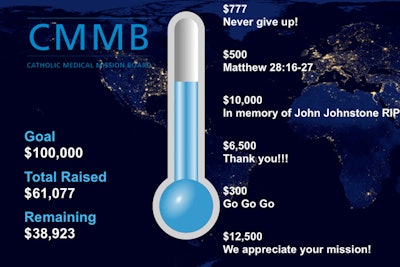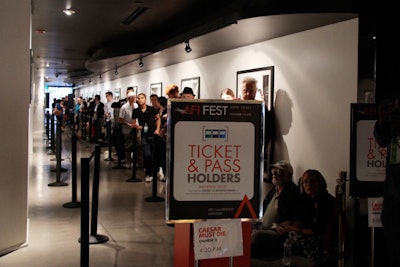
MobileCause began in 2006 as a text-to-give system, with billing handled by cell phone carriers. In June 2012, the company added mobile pledging, which allows users to send a text message to make a donation and then click through on their phones to pay with a credit card. Donors can also add a message, which is displayed on the “donation thermometer” in real time at the event. Donors instantly receive a text message response that thanks them for the donation and provides a link to click through to input credit card information. The mobile site also provides a “remember me” option, which allows the organization to save the donor's information and use it for future communication. For those who opt not to pay at the event, MobileCause provides call center staff who contact each donor a few days later to fulfill the payment over the phone. Pricing ranges from $1,000 to $2,000 for consulting services, plus a transaction fee of 50 cents and between 5 percent and 7.25 percent per donation.

It’s not new that sponsors want to align with nonprofits, but the importance of pairing up with great causes is more important than ever for brands, especially in light of recent, widely witnessed tragedies like the damage wrought by Hurricane Sandy. Brands are seeking out nonprofits that fit with their visions for corporate responsibility and developing partnerships that go well beyond the hours of the live event.
Jennifer Howell, founder of arts nonprofit Art of Elysium, says sponsors have been reaching out to her group “all the time” versus the more traditional other-way-around route of event hosts courting sponsors. She indicates that she’s seeing charities trying to accomplish their marketing and philanthropic goals in one fell swoop by blurring the line between those previously separate budgets.
She described a recent partnership in which beauty product delivery company Birchbox sponsored a couple of the charity’s events, setting up a bar (pictured) where people could come and fill their own boxes with products of their choice. Some of the charity’s supporters built their boxes, took photos, and gave quotes that were used for an online promotion that focused on the charity’s work as well as the holiday product collection.
Birchbox then put the organization’s logo and mission on its boxes, which were distributed to all of its shoppers in November, as part of a holiday giving campaign. “This helps us greatly to reach a new audience with our mission,” Howell says, while also acknowledging the benefit to Birchbox’s bottom line at a time when its consumers are eager for feel-good stories.

Yes, many sponsors want to align with a select, invite-only crowd of “influencers.” But in the current climate, sponsors—including some elite brands—are also looking for mass-market exposure.
For instance, luxury automaker Audi is the title sponsor of the American Film Institute’s A.F.I. Fest (pictured), which now gives free tickets to consumers. “Access to our audience gives Audi the ability to reach a wide variety of potential customers in a relatively short amount of time,” says festival producer Derek Call. “The festival attracts an audience comprised of both industry professionals and movie lovers from all over the globe, and we generate billions of impressions for them other than just the eyeballs of those guests in attendance. Our guests see what Audi has done for them by giving them a free ticket and by supporting the art of filmmaking. It shows how Audi as a brand is accessible to all different types of potential car buyers, and at the end of the day, Audi needs to sell as many cars as possible."




















